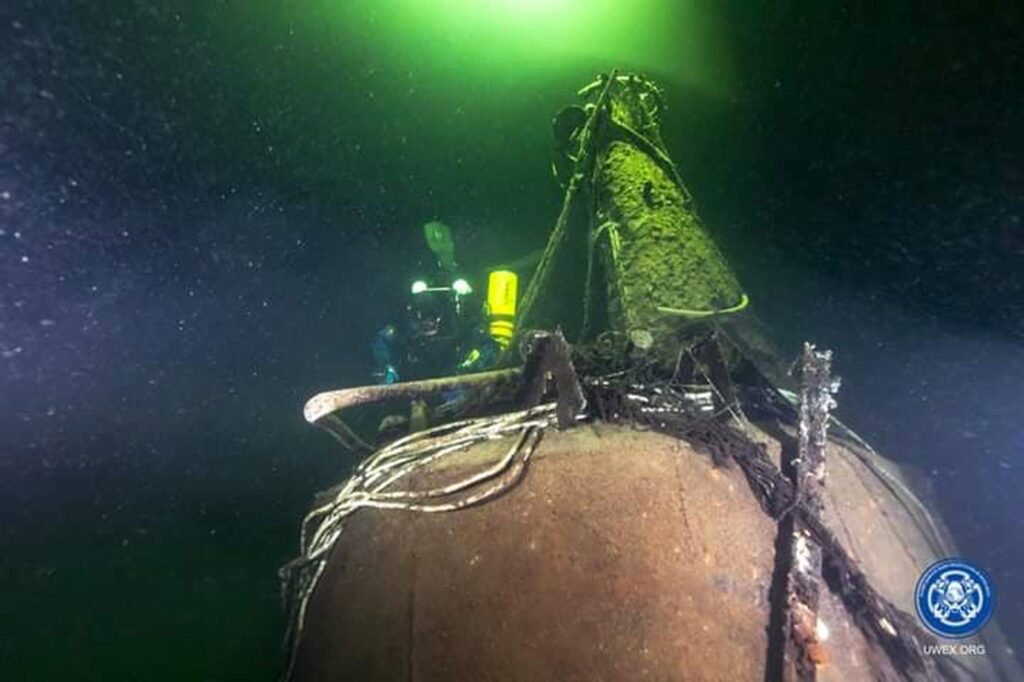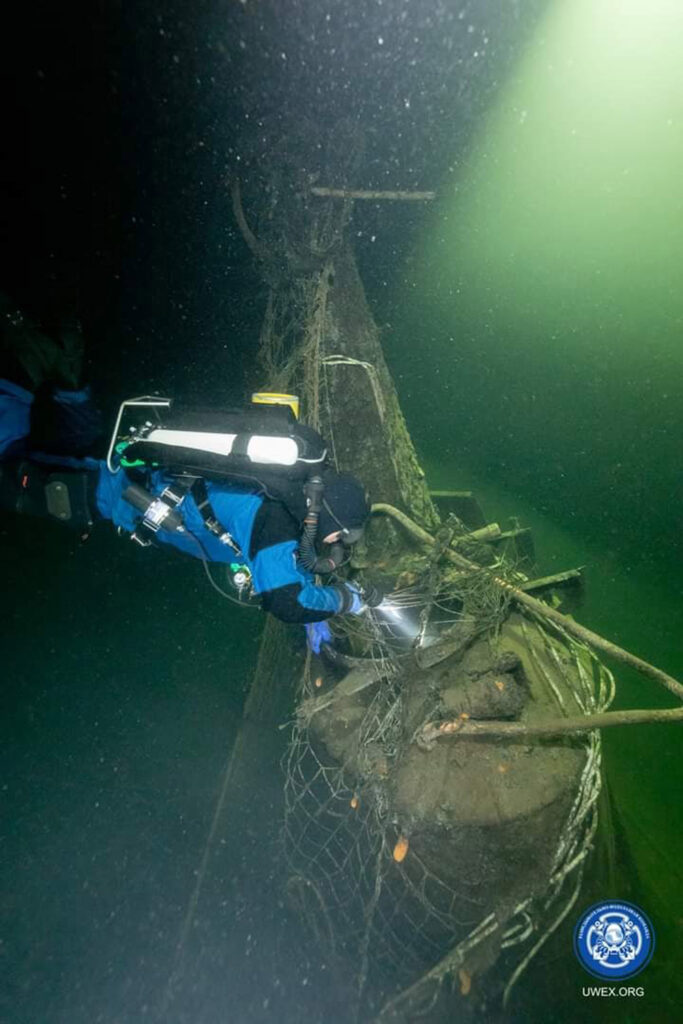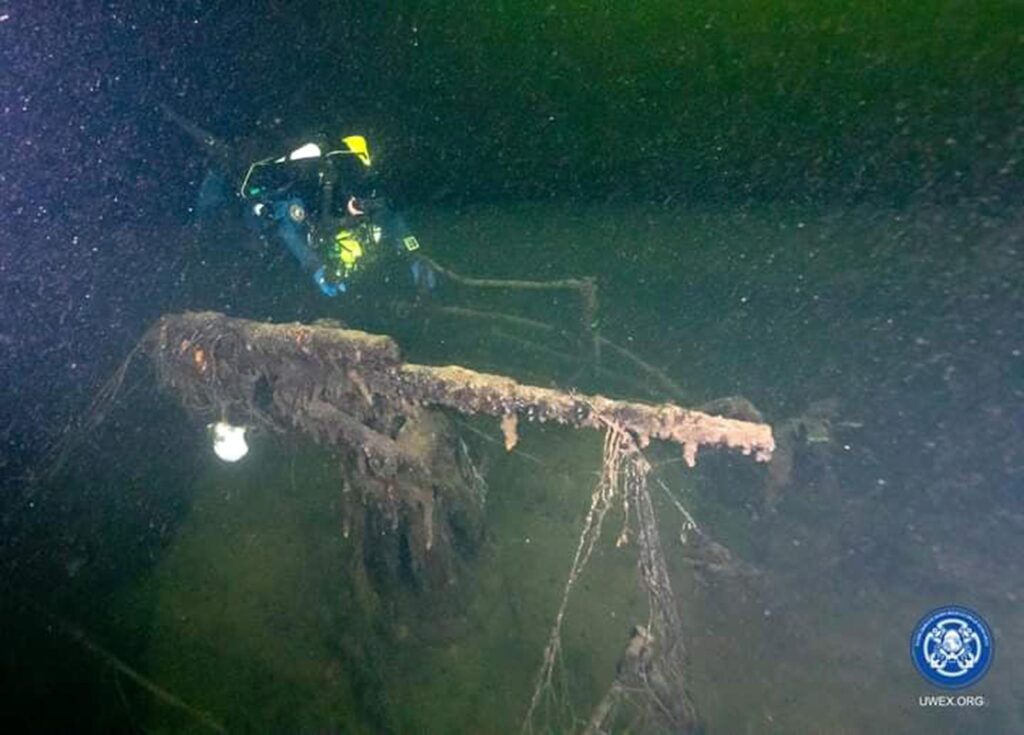Long Lost Submarine Sunk By Nazi Mine In 1944 Discovered In Gulf Of Finland
These images taken by divers show a long-lost Russian submarine that was sunk by Nazi mine in 1944 and it has now been discovered in the Gulf of Finland.
The Marinesko submarine sunk in 1944, apparently after hitting a mine in the German Seeigel minefield in the Gulf of Finland, in the Baltic Sea.
The discovery was revealed by the press service for the Russian National Reconnaissance and Diving team UWEX after specialists from Estonia found the wreck using sonar.

Experts had been looking for the vessel in vain for over three years. They had been looking on the Russian side of the Baltic.
In 1942, German and Finnish naval forces set up major minefields in the Gulf of Finland, including the Seeigel minefield, which was implemented between May and October 1942.
This is after Nazi dictator Adolf Hitler declared war on the Soviet Union and invaded in 1941, betraying the non-agression pact that he had signed with Stalin.

The Marinesko was an M-96 submarine. Its missions “mainly consisted of reconnaissance at enemy bases and landing scouts behind enemy lines”, according to local media outlet Life, quoting the diving team that found the wreck.
M-class submarines were relatively small vessels built by the Soviet Union for use during World War II, which Russia calls the Great Patriotic War.
Experts assessing the wreck have determined, still according to Life, that it was seriously damaged while on the surface after a mine reportedly hit the vessel, puncturing the hull.

The submarine was deemed lost after disappearing at sea in 1944 and ceasing all communication. In total, 22 crew members died when it sunk.
The vessel was named after its first commander, Alexander Marinesko, a Soviet war hero. The naval officer distinguished himself during World War II as the Soviet submarine commander to have sunk the most enemy vessels in terms of raw tonnage.
He was made a hero of the Soviet Union in 1990, nearly 30 years after his death in 1963.



